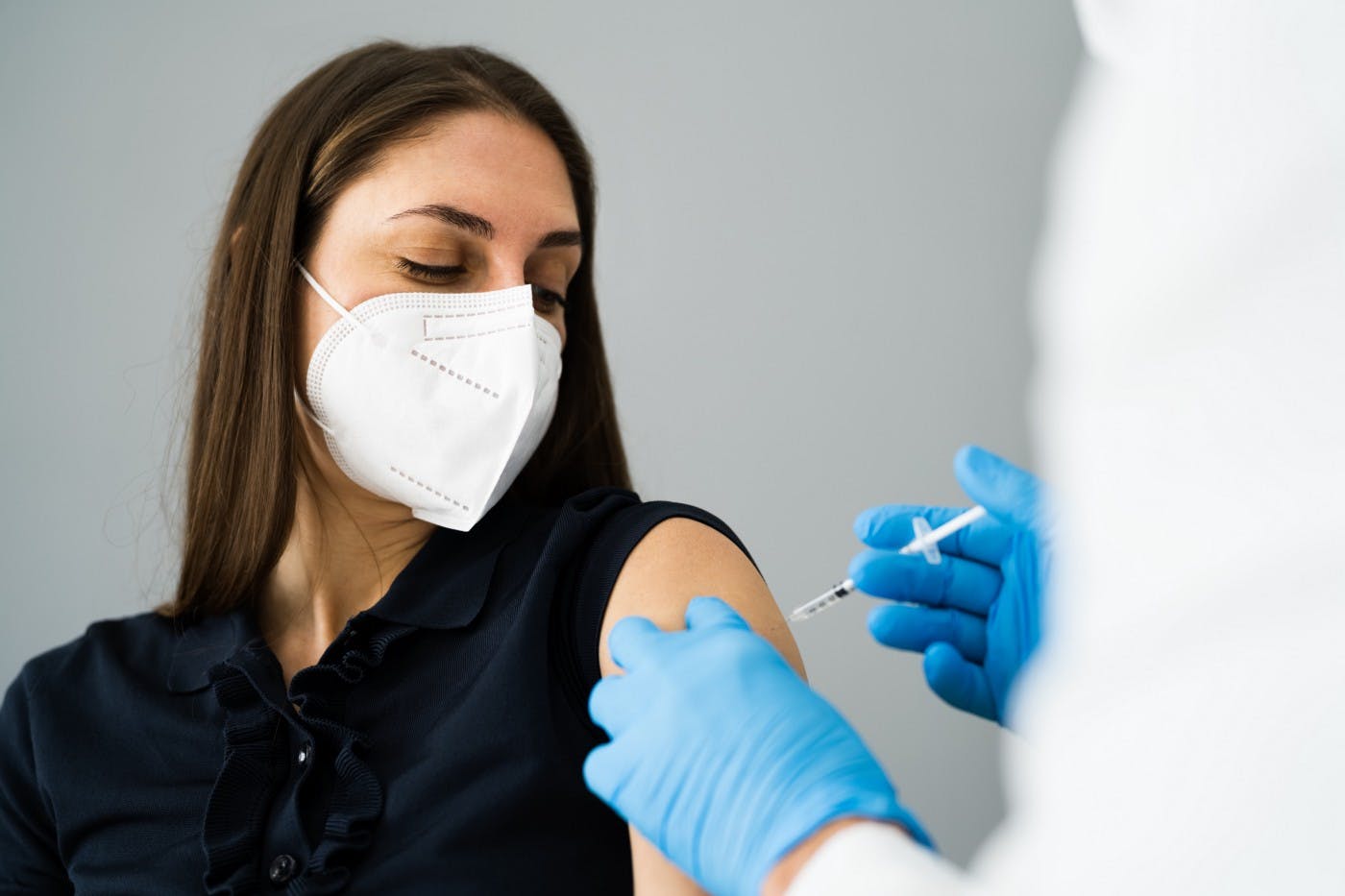Prioritized queuing: what is it and does it work?

Allocating scarce medical resources requires hard choices. This winter, when the vaccine rollout was just beginning, public health officials had to decide who would be able to access shots first and how to vaccinate as much of the population as quickly as possible.
While the vaccine rollout in the U.S. should be lauded, there were also some important lessons learned — both for the international vaccine distribution but also for how other scarce healthcare resources are allocated in the U.S.
Restricting vaccine eligibility helped protect high-risk populations by making sure they had access to limited supplies. However, this approach had its drawbacks. When appointments were cancelled last minute or missed, vaccine doses often ended up going to people with connections, people with the time and risk tolerance to wait in line, or people who just happened to be around — even if they were low risk. At worst, shots were wasted entirely because providers were unable to find eligible patients on short notice.
Dr. B was created to address this problem by creating a prioritized standby system. Our system followed state and local guidelines to prioritize patients considered to be at higher risk due to their age, pre-existing conditions, occupation, or living situation (all information which is optional to share during sign-up).
Our prioritized standby system sorted patients by risk category as opposed to queue position and the result was that leftover doses generally went to the highest-risk patients first instead of being allocated purely on a first-come, first-served basis. And most importantly, when states began lifting prioritization requirements, Dr. B kept its prioritization model in place to ensure vulnerable, high-risk populations did not get left behind. By opening eligibility to all but prioritizing those who would get the most benefit first, we ensured that the vaccines on our platform got distributed equitably.
Making the biggest impact by getting doses to those at-risk
While the pandemic was unprecedented in many ways, it reinforced many of the disparities plaguing the US healthcare system. At Dr. B, we wanted to be sure that precious healthcare resources were allocated fairly.
Now that the vaccine rollout is well underway, we analyzed the more than 1.1 million notifications sent out by our vaccine waitlist to see how our system worked in practice.
We found that more than 50% of our offered doses, or 500,000, went to the highest-risk patients, including healthcare workers, patients over 50, and patients with pre-existing conditions.

The mortality multiple indicates the COVID-19 mortality rates for each patient category [Source]
These figures are particularly striking because Dr. B was intended to be a back-up option for those unable to secure an appointment during the initial vaccine rollout. Sending half of all dose alerts to high-risk groups after these groups already had access to vaccines is a testament to the utility of a prioritized standby system that is fair and efficient.
Overall, we found that a prioritized standby system offered the best of both worlds — the speed of a quick rollout coupled with the benefits of prioritizing high-risk patients. We are hopeful that these learnings can guide future public health efforts, such as the rollout of potential booster shots, to help make them not just more efficient, but more equitable.
Topics
Sign up for the free Dr. B newsletter for a weekly report on the latest in healthcare + research-based advice for staying healthy and mentally well.